- Texas Offshore Injuries
- Injuries on Vessels
- Cargo, Tanker & Container Vessels Injuries
- Barge & Tugboat Injuries
- Dredging Vessel Injuries
- Dive Boats Injuries
- Workboat Accident Injuries
- Maritime Gangway Injuries
- Inland Marine Injuries
- Transportation Vessels Injuries
- Cruise Ships Injuries
- Defending the Rights of Injured Offshore Oil and Natural Gas Workers
- Offshore Drilling Rig Injuries
- Fixed Platform Injuries Lawyer
- Line And Cable Injuries
- Offshore Tool Injuries
- Offshore Lifting Injuries
- Explosion & Burn Injuries
- Spine, Neck And Back Injuries
- Head & Brain Injuries
Spine, Neck And Back Injuries
A spine, neck or back injury can painfully limit your ability to continue working in the short term or end a career. Whether aboard a vessel at sea, onshore, or other non-maritime occupations, your ability to be a productive worker drastically diminishes if you struggle with pain and movement. Spine, neck and back injuries can range from temporary incapacitation, all the way to paralysis. If the injury lasts forever, you will need lifelong care which can generate astronomic medical costs. Life will drastically change if you can’t do your job or other activities you once enjoyed.
The attorneys at Doyle LLP have successfully attained compensation for hundreds of oil field and maritime workers injured in American waters and around the world. We also work on behalf of injured clients whose insurance companies delay or deny compensation claims. We understand after an injury or death a family is put in financial, physical and emotional turmoil. Recovering just compensation at an efficient pace to allow you to further recover is of the upmost importance to us.

Our proven success in Jones Act and other maritime claims around the world allows us to ensure clients they can trust us with their claim. We put unwavering determination into our clients if we mutually agree to pursue claims. We understand injuries such as herniated or slipped disks, spinal cord damage, paralysis and other injuries you incurred. After a devastating injury you probably will be struggling to move forward and we can help ease some of your worries. Contact our experienced maritime injury law firm to consult with a lawyer who understands your work and injuries, can answer your pending questions and guide you through complex legal proceedings. Our primary care is you get the medical treatment you need and compensation you deserve.


